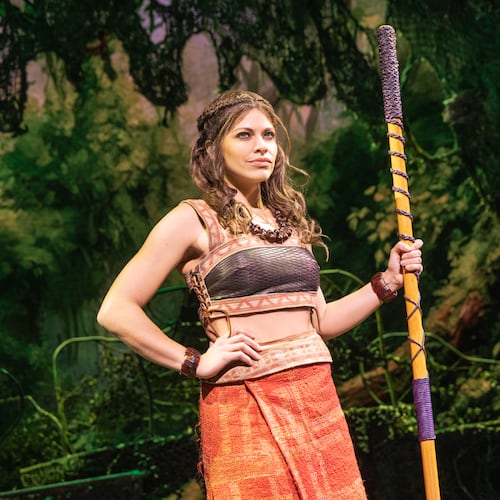Coca-Cola Co. said Tuesday it could begin pilot production next year of its Freestyle beverage dispenser and expand availability of the machine to 40 or 50 markets.
Atlanta-based Coca-Cola, the world’s largest beverage firm, is testing the machine in 25 outlets in metro Atlanta and 26 outlets in Southern California. Freestyle, called the “fountain of the future,” can dispense more than 100 different beverages in the same space as a typical eight-valve fountain dispenser.
Coca-Cola is banking on the self-serve machine to help it and its restaurant partners sell more drinks by providing more variety.
“This is brand new technology that we think has the potential to significantly change the consumer experience within our customers’ outlets,” said Chris Lowe, president of Coca-Cola North America’s Foodservice division.
Freestyle, which can dispense flavors such as Raspberry Coke, Strawberry Sprite and Cherry Coke Zero, has been a secretive project for most of the past four years. An early version of the machine was tested last year in an Atlanta-area Willy’s Mexicana Grill.
Coca-Cola worked with Pininfarina, an Italian firm that has shaped Ferraris, on the design. The machine features a touch-screen display and sleek lines interrupted by an oval for the ice and beverage dispenser.
It also worked with Dean Kamen, inventor of the Segway and founder of DEKA Research & Development. Kamen’s firm helped with micro-dosing technology, which allows the machine to precisely combine concentrated ingredients.
Coca-Cola officials discussed Tuesday early results on Freestyle at an Atlanta AMC Theatre, which is testing five of the machines. Freestyle also is in a host of other Atlanta outlets, including some Subway, Firehouse Subs, Willy’s, Wendy’s, Popeyes and Burger King restaurants.
Even in limited outlets, Freestyle has drawn a cult following. Its official Facebook page, which provides a list of locations, has more than 2,000 fans.
Firehouse Subs, which has Freestyles in four metro Atlanta locations, said it has seen a significant increase in beverage sales because of the machines.
About 70 percent of Firehouse customers typically purchase a beverage with a sub, said Robin Sorensen, Firehouse Subs founder and CEO. In less than a month in the stores, Freestyle has pushed that number to 80 percent, he said.
“In time, when they get to know the Freestyle and they see the logo on the window, it’s going to drive more traffic,” Sorensen said. “We’ll sell more subs and we’ll sell more drinks.”
The early results for Freestyle are promising, said Gene Farrell, who’s been heading the project for Coca-Cola North America.
“We’ve seen nothing in the market that dampens our enthusiasm, but you find things you have to refine to go to commercial launch,” he said.
The tests of the machine are helping Coca-Cola improve Freestyle, Farrell said. A tray below the dispenser, for example, will be modified in future versions to allow excess ice to fall through, he said.
Coca-Cola also is gaining insight into drinking patterns, Farrell said. Coca-Cola remains the most popular drink at all outlets, but different outlets have different trends for certain categories, he said.
Consumers at Pei Wei Asian Diner, for example, are drinking more varieties of Diet Coke and Dasani water than fast-food burger outlets, Farrell said. If the trend holds, Coca-Cola and Pei Wei could tweak the machine to add even more varieties of these low-calorie drinks, he said.
A firm decision on moving beyond the current beta testing has not been made, but Freestyle could shift into pilot production early next year, Farrell said. If that happens, Coca-Cola would add more machines to Southern California and Atlanta and also expand to other cities, he said.
“Assuming things go well, I think by this time next year it’s conceivable that we could be in 40 or 50 markets around the country,” Farrell said.
About the Author
Keep Reading
The Latest
Featured
